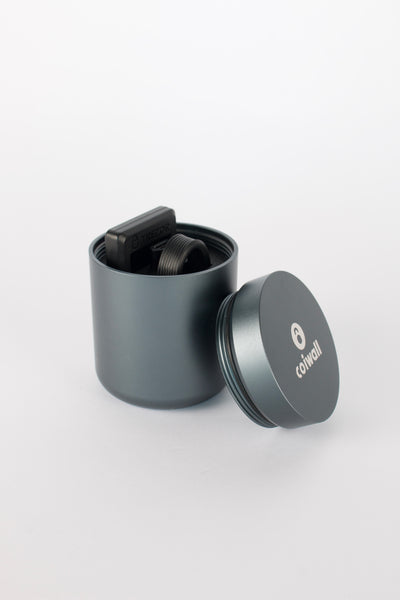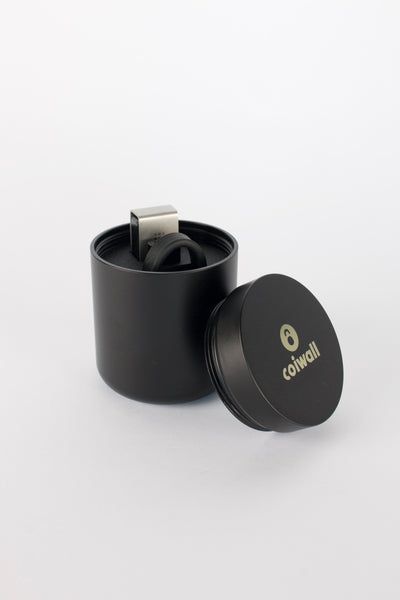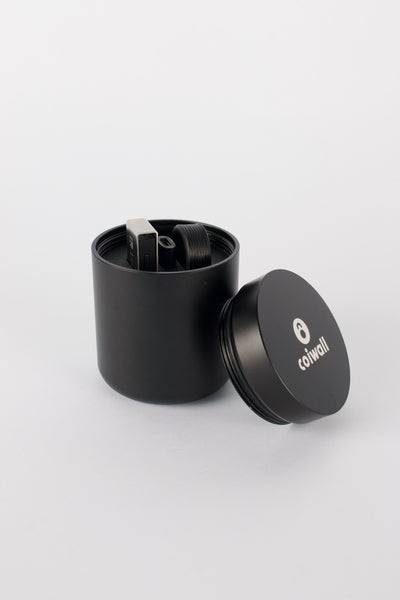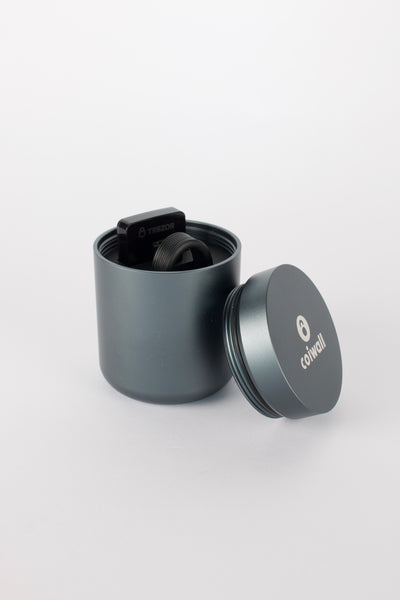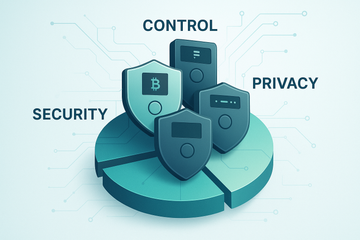When it comes to securing your cryptocurrency, hardware wallets stand as the undeniable champions—like knights protecting a digital kingdom. These nifty devices, known for their robustness and security, are a favorite among savvy investors. But here's a question that's been bobbing about in this sea of crypto chatter: Can you use multiple hardware wallets for one portfolio? Let's explore this unexpected wrinkle.
Why Go Beyond One Wallet?
You've heard the saying, 'Don't put all your eggs in one basket,' right? It's a principle that resonates well beyond grocery shopping, especially when it comes to digital assets. By spreading your assets across multiple wallets, you're fortifying your fortress. Each wallet serves as another layer of security, ensuring that even if one gets compromised, your entire stash isn't at risk.
Think of it like having several safety deposit boxes at the bank. If one gets breached, the others are safe and sound. Besides, with multiple wallets, you can categorize and track your assets more efficiently—something akin to having pantry shelves where everything has its place.
The Dance of Compatibility
So, you've decided that having multiple hardware wallets is the way to go. But how do you juggle them all? It's simpler than you might imagine. Trezor and Ledger, giants in the hardware wallet universe, both offer intuitive interfaces that allow for seamless management of multiple devices. These wallets come with user-friendly software that makes tracking assets across different wallets as easy as pie.
However, it's not all rainbows and butterflies—hardware wallets often have their quirks. Some cryptocurrencies might not be compatible with your chosen devices. Always check compatibility, and maybe have a fallback plan, like a software wallet, for those odd coins.
Security: Let's Talk Risks
You might think more wallets equal more headaches, but in reality, it's a double-edged sword. While it offers increased security, managing multiple wallets requires meticulous organization. Forget where you've stored a recovery phrase, and you might as well have tossed the key to your digital vault into the ocean. Keep records—securely!
Another point to consider is the physical security of the devices. Maintaining good practices, like storing them in different locations, is crucial. It’d be best not to keep them all in one drawer—unless you're inviting unwanted attention.
Operational Challenges: Tech or Tedium?
Managing multiple hardware wallets is not without its challenges, but technology is making things easier. With apps like Ledger Live or Trezor Suite, viewing and transacting can become second nature. These tools help consolidate data from your wallets into one coherent view, allowing you to sense patterns and trends you might otherwise miss.
Sure, there will be an initial learning curve. Installing apps, syncing devices—these might come off as tedious tasks, especially if you're new to the game. Don’t fret, though. Most users find that with time, it becomes just another part of the routine. Like morning coffee.
Financial Management: An Array of Benefits
There’s something gratifying about logging into a well-organized portfolio. When your digital ducks are in a row, making informed decisions becomes seamless. Having multiple wallets naturally segments your holdings, helping you quickly assess performance without getting bogged down in minutiae.
- Risk Reduction: On days when the market seems more turbulent than a stormy sea, diversifying your wallet usage can help anchor your strategy, allowing you to maneuver without panicking.
- Increased Control: You’ve got individual control over every device—literally at your fingertips. Want to liquidate some assets for a vacation? Move a few coins around with ease.
- Privacy Perks: Imagine having four different wallets, each holding parts of your wealth. It’s a subtle obfuscation, ensuring that no prying eyes have the full picture of your financial health.
Real-World Experiences
Experienced crypto enthusiasts often share tales of success and lessons learned in online forums. One user noted how spreading their portfolio across several hardware wallets saved them during a phishing attack. Another mentioned the peace of mind they get from segmenting high-risk assets away from their long-term holdings. These anecdotes serve as invaluable insights, nudging new investors towards adopting a more diversified wallet approach.
Wrapping It All Up
In the ever-evolving landscape of cryptocurrency, security, and control reign supreme. Leveraging multiple hardware wallets for one portfolio might initially sound like a cumbersome task, but it's a strategic maneuver that could pay off significantly. It’s not just about staying safe—it's about maintaining flexibility, boosting control, and gaining peace of mind.
As you navigate through the bustling world of crypto, remember to keep things organized, embrace technology, and maybe, just maybe, take an extra wallet or two along for the ride. After all, in the vast ocean of digital assets, being prepared is half the battle won.

